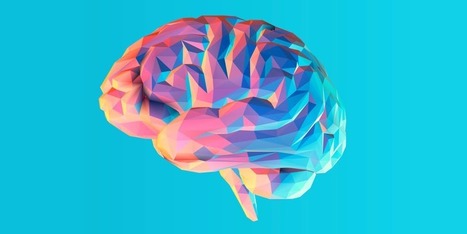Research around the way humans learn is booming these days. Consider viral brain-based teaching trends and explorations of how the act of teaching shapes kids’ brains.
Mariale Hardiman, vice dean of academic affairs at the Johns Hopkins School of Education and and director of Johns Hopkins’ Neuro-Education Initiative.
But studying how the brain learns doesn’t necessarily mean memorizing proteins and brain chemistry. Sometimes it’s about empathy—or in the case of some of the latest research coming out of Johns Hopkins, it’s about understanding how art plays a role in learning.
One person who has closely watched, and even shaped, the coevolution of neurosciences with education is Mariale Hardiman, vice dean of academic affairs at the Johns Hopkins School of Education. The education professor is also the co-founder and director of Johns Hopkins’ Neuro-Education Initiative, a center that aims to bring together research on learning and neuroscience, teaching and education.
EdSurge sat down with Hardiman recently to learn about the Initiative’ recent findings around how injecting art into lessons across disciplines can boost memory and retention. (This conversation has been lightly edited and condensed for clarity.)
Research and publish the best content.
Get Started for FREE
Sign up with Facebook Sign up with X
I don't have a Facebook or a X account
Already have an account: Login
Professional learning in a glance (or two)!
Curated by
John Evans
 Your new post is loading... Your new post is loading...
 Your new post is loading... Your new post is loading...
|










